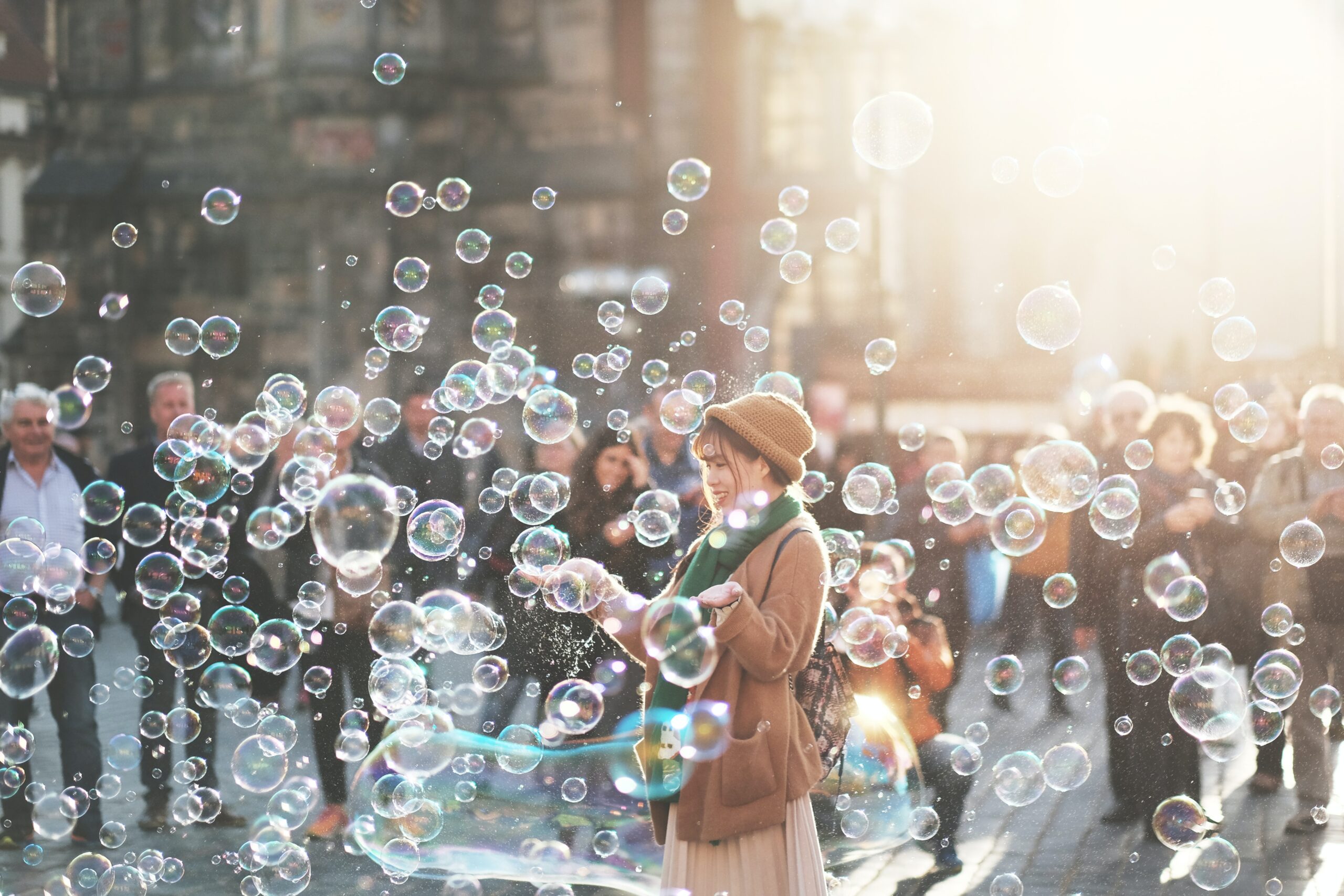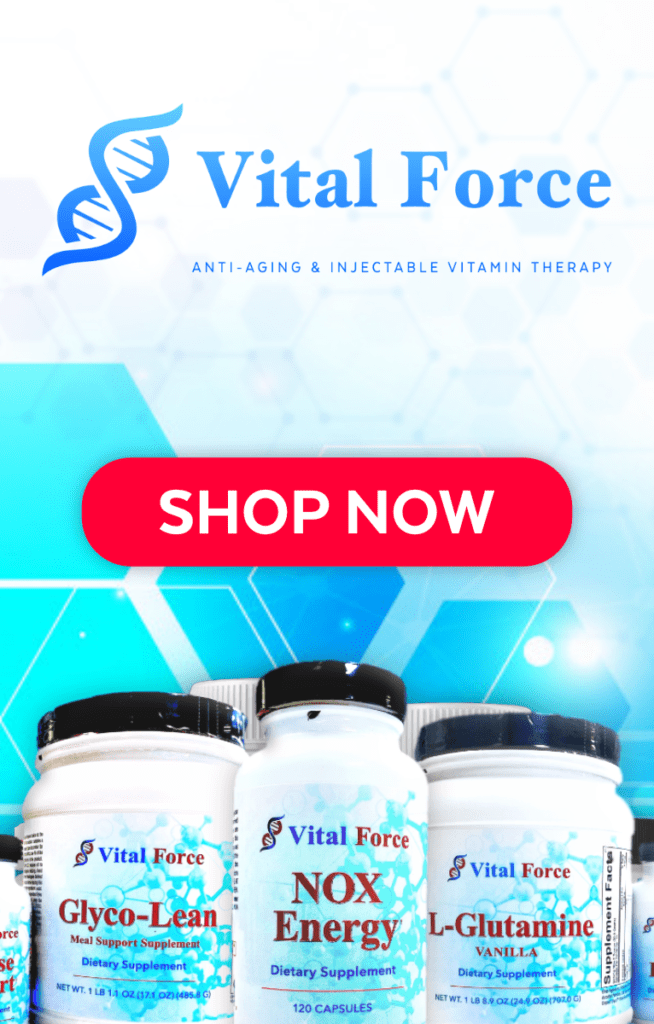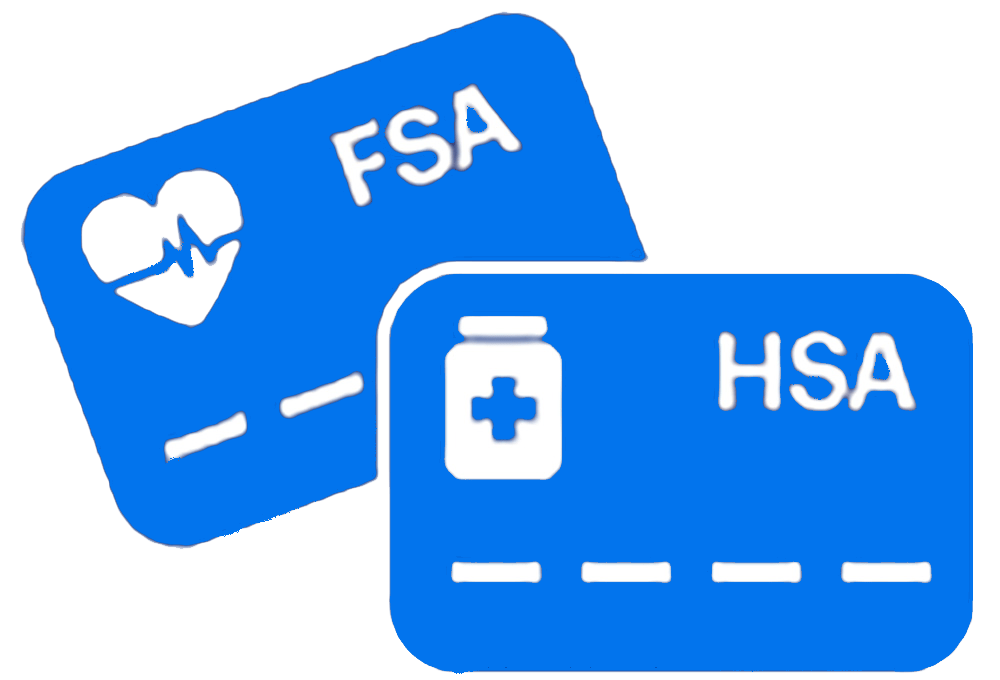LED light therapy is a non-invasive treatment that uses specific wavelengths of light to promote healing, reduce inflammation, and relieve pain. Unlike laser treatments that use focused beams of light, LED light therapy employs low-level light energy that penetrates the skin without causing damage. The light interacts with cells in the body to stimulate biological processes that support repair and recovery. LED therapy has been widely used in dermatology for skin rejuvenation, but it is increasingly gaining attention in physical therapy and sports medicine as an effective method for pain management and accelerated recovery.
How LED Light Therapy Works
LED light therapy works through a process called photobiomodulation, in which light energy is absorbed by the mitochondria within cells. Mitochondria are responsible for producing ATP, the energy currency of cells. When exposed to certain wavelengths of red and near-infrared light, mitochondria become more efficient, leading to increased ATP production. This enhanced cellular energy boosts tissue repair, reduces oxidative stress, and decreases inflammation. The therapy helps to speed up the body’s natural healing processes and reduce the perception of pain without the need for drugs or invasive procedures.
Common Conditions Treated with LED Light Therapy
LED light therapy is used to treat a wide range of conditions associated with pain and inflammation. These include muscle strains, joint pain, arthritis, back pain, neck pain, tendonitis, and sports injuries. It is also used post-surgically to accelerate healing and minimize scar formation. People with chronic pain conditions such as fibromyalgia or neuropathy may also benefit from ongoing treatments. By improving blood flow and reducing swelling, LED therapy supports the healing of both acute injuries and chronic issues.
Red Light vs. Near-Infrared Light
Different wavelengths of LED light penetrate the skin at different depths and have distinct effects. Red light typically penetrates up to 8 to 10 millimeters and is ideal for treating surface-level issues like skin inflammation and muscle soreness. Near-infrared light penetrates deeper into tissues—up to 30 to 40 millimeters—making it suitable for joint pain, deeper muscle tissues, and nerve-related conditions. Many professional and at-home devices combine both red and near-infrared light to provide a comprehensive therapeutic effect that addresses both superficial and deep tissue needs.
What to Expect During a Session
A typical LED light therapy session lasts between 15 and 30 minutes depending on the area being treated and the condition targeted. The treatment is painless and requires no downtime. Patients either sit or lie down while a panel, wand, or wrap is applied to the treatment area. The device emits light for a set period while the patient relaxes. There is no heat or discomfort, although some people may feel a gentle warmth. Multiple sessions are usually recommended for optimal results, especially when addressing chronic conditions. Frequency can range from several times a week to once or twice weekly depending on individual needs and goals.
Benefits of LED Light Therapy for Pain Relief
LED light therapy offers numerous benefits for individuals seeking pain relief and faster recovery. One of the most significant advantages is its non-invasive nature. Unlike medications, which can cause side effects or dependency, LED therapy uses light to stimulate the body’s natural processes. It also improves circulation and increases lymphatic drainage, which helps reduce swelling and inflammation. Enhanced blood flow means that more oxygen and nutrients reach injured tissues, accelerating healing. Many patients report reduced pain, improved range of motion, and better mobility after a few sessions.
Supporting Muscle Recovery and Athletic Performance
Athletes and active individuals are turning to LED light therapy as a tool for improving recovery times and maintaining performance. After intense workouts or competitions, muscles can become inflamed, sore, and fatigued. LED light helps reduce delayed onset muscle soreness and supports faster tissue repair. By increasing circulation and reducing inflammation, it enables athletes to return to training sooner with less discomfort. Some sports medicine practices now incorporate LED therapy into routine post-workout care to help prevent injuries and enhance long-term performance.
Reducing Inflammation and Promoting Healing
Inflammation is a natural part of the healing process, but when it becomes chronic, it can slow down recovery and contribute to pain. LED light therapy works by modulating inflammatory markers within the body, reducing the production of cytokines that contribute to swelling and discomfort. It also stimulates the production of collagen and elastin, which are important for tissue repair. This makes LED therapy particularly useful not just for musculoskeletal injuries, but also for wound care, post-surgical recovery, and skin conditions like acne and rosacea.
Accessibility and At-Home Devices
As LED light therapy has gained popularity, more at-home devices have entered the market. These include handheld wands, flexible pads, and light panels designed for personal use. While clinical-grade devices offer higher output and more targeted features, at-home tools can be effective when used consistently and according to manufacturer instructions. Many people find the convenience of home treatments helpful for managing chronic pain or maintaining recovery between professional therapy sessions. Before purchasing a device, it is recommended to consult a healthcare provider to ensure it is appropriate for your condition and health status.
Safety and Side Effects
LED light therapy is considered very safe with minimal risk of side effects. Because it uses low-level light that does not produce heat or damage tissue, there is no risk of burns or UV exposure. Some individuals may experience slight redness or sensitivity in the treated area, but this typically resolves quickly. The therapy is non-toxic, painless, and suitable for most age groups. However, people with certain medical conditions such as photosensitivity disorders, active cancer, or those taking medications that cause light sensitivity should consult their doctor before starting treatment.
Incorporating LED Therapy into a Broader Pain Management Plan
While LED light therapy is effective on its own, it works best when combined with other strategies for pain relief and recovery. Physical therapy, stretching, exercise, proper nutrition, and stress management all contribute to healing and improved mobility. LED therapy can complement these approaches by enhancing the body’s ability to respond to and benefit from other treatments. Many wellness clinics integrate LED sessions into a broader recovery or rehabilitation plan to offer a holistic solution for pain management and tissue repair. Call us at 205-352-9141.











